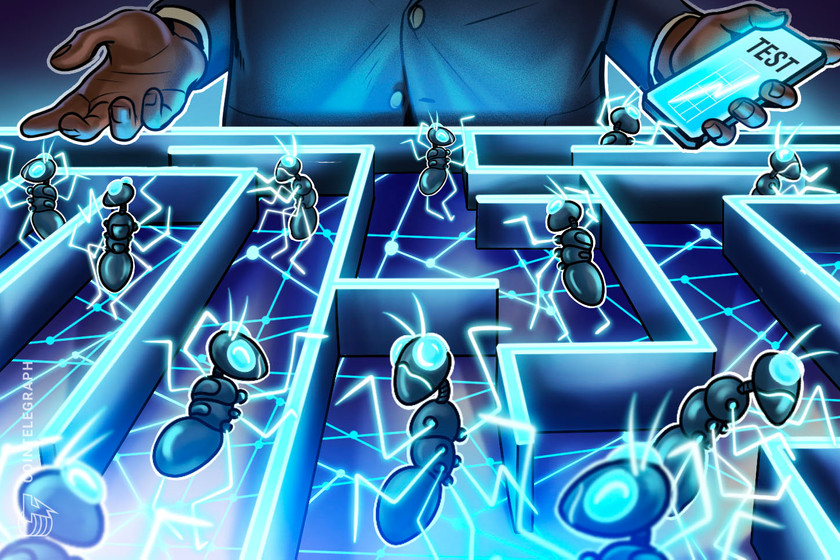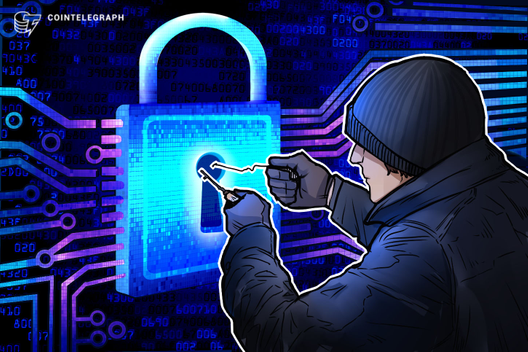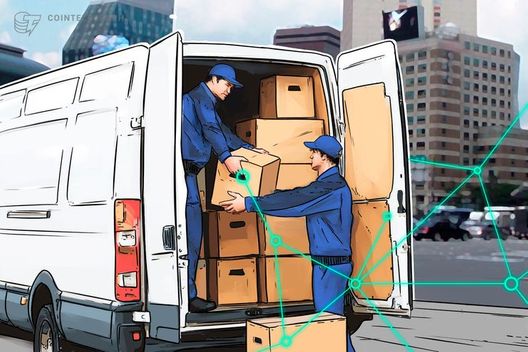Ethereum users are increasingly demanding self-custody: Casa CTO
Security expert Jameson Lopp said some users lost Ethereum tokens because of the lack of a secure storage method.
79 Total views
3 Total shares

The demand for Ethereum self-custody solutions is growing, according to Jameson Lopp, co-founder and chief technology officer of Bitcoin wallet provider Casa. In a conversation with Cointelegraph at Bitcoin 2023, Lopp stated that Casa has found it necessary to provide Ethereum support due to the increased number of Ethereum users seeking the service.
Incidents like the collapse of FTX in 2022 have raised awareness of the need for a secure way to store Ethereum and Ethereum tokens such as stablecoins, Lopp said:
“I’ve actually spoken to Casa clients who suffered losses as a result of some of the collapses last year. Those that kept their Bitcoin in Casa did well, but some of them ended up losing other things — even stablecoins, for example — because they didn’t have a way to put those into a distributed cold-storage setup.”
In order to respond to this problem, Casa announced in December that it would be adding Ethereum support. This decision was “controversial for some,” Lopp said, referring to criticism of it from Bitcoin enthusiasts on social media. However, the company went forward with the plan anyway because its clients demanded it.
Bigcoin! pic.twitter.com/csoiNaUYup
— Jameson Lopp (@lopp) May 18, 2023
According to Lopp, users still perceive self-custody as having a daunting “learning curve.” Although setting up a wallet and sending crypto to it is easy, practicing the proper security habits can be complex, making clients feel that self-custody is difficult.
“It certainly can be intimidating if you start by looking at all of the literature around how to do security,” he said. But “we’re baking all of those best practices into the product itself so that you follow the directions of our software, and it puts you into the position where […] you can be human, you can make a mistake, and it won’t result in a catastrophic loss.”
Lopp described the Casa service itself as an “extreme-security cold-storage setup with distributed keys.” It originally targeted “mega-whales” willing to spend $10,000 a year on custody but has expanded its offerings to the point where it even offers a free version with limited features today.
Related: How to use a crypto hardware wallet
The concept of crypto self-custody began with the very first Bitcoin wallet, BitcoinQT, developed by Satoshi himself. However, as the crypto user base has grown, many new users have preferred to keep their crypto under the control of centralized exchanges, despite many experts arguing that this practice is risky. Some wallet providers are attempting to solve this problem through new tech that they say will make self-custody simpler and will entice more users to take control of their crypto assets.
Portions of this story were based on an interview with Jameson Lopp conducted by Sam Bourgi at Bitcoin 2023.
Magazine: Ordinals turned Bitcoin into a worse version of Ethereum









